The Origin and History of Linen Fiber
Flax is believed to be the oldest fiber used by mankind. Recent excavations in Georgia have shown that linen fiber does indeed date back up to 34 000 years ago.
This flax fiber was first domesticated in the middle east (it's unclear where exactly), from where the use of this fiber spread throughout the rest of Asia to India, Persia, and China via ancient trading routes. During the time of the roman empire the use of linen also spread to Europe, and of course throughout the 20th and 21st century world wide trading solutions made linen accessible to all nations.
So to give you a more detailed timeline of how flax fiber was used by various nations over the last 5000 years.
Middle East - Ancient Egypt
Ancient Egypt has been utilizing linen fiber to create garments since 2600 B.C. to wear as a display of wealth throughout life, and the afterlife. Linen cloth was used for mummification, the cloth has remained preserved in tombs for hundreds of years. Linen garments were worn to symbolize divinity and purity in Egyptian religion.
Asia - China & India
Not long after it's origination in the Middle East the use of flax fiber spread to India where it was considered a holy fiber, and furthermore to China where flax was predominantly used for oil and medicine. During this time period it was also traded to other corners of Asia for varying purposes.
Middle East & Europe - Roman Empire
In the Roman Empire (which was at its height in 117 CE) flax was believed to be a sign of royalty, and purity. Men wore robes made of linen and adorned their females in fine linen dresses. With the fall of the Roman Empire linen production and export came to a halt.
Europe
France had a big influence on the revival of linen around 700 AD when they pronounced flax to be most sanitary.
During the Middle Ages (1145 -1485 AD) flax was the predominant fiber in Europe. It was utilized for clothing, diapers, bedding, bread sacks, water vessels, rope, resins, and caulking. The flax linen industry continued to flourish throughout the 15th century.
Over the 16th and 17th centuries, the prosperity of the flax industry fell into a deep crisis. During the 17th century, the finest quality linen cloths were produced in Europe, and Belfast soon became the global linen capital. However, the invention of the cotton gin in the United States during 1793 made cotton easier and cheaper to produce than linen.
World Wide
In the early 20th-century, the cotton industry and the introduction of man-made and synthetic fibers continued to challenge the flax industry.
In the late 20th-century flax fibers were used in the aviation and automotive industries, and for furniture, flooring, insulation, bicycle frames, surfboards and guitars. The use of flax for its inherent strength, resistance to abrasion, and fiber stability started to gain value and show promise of importance in major industries.
In today's 21st-century world flax linen has become a sought after fiber, with new trends demanding for natural and quality Eco-friendly clothing, linens and furnishings. Flax grows naturally (little to no fertilizers or pesticides needed), and requires very little water. When harvested all parts of the plant are utilized, leaving a no waste footprint. Flax linen is the becoming the fiber of the millennium.





